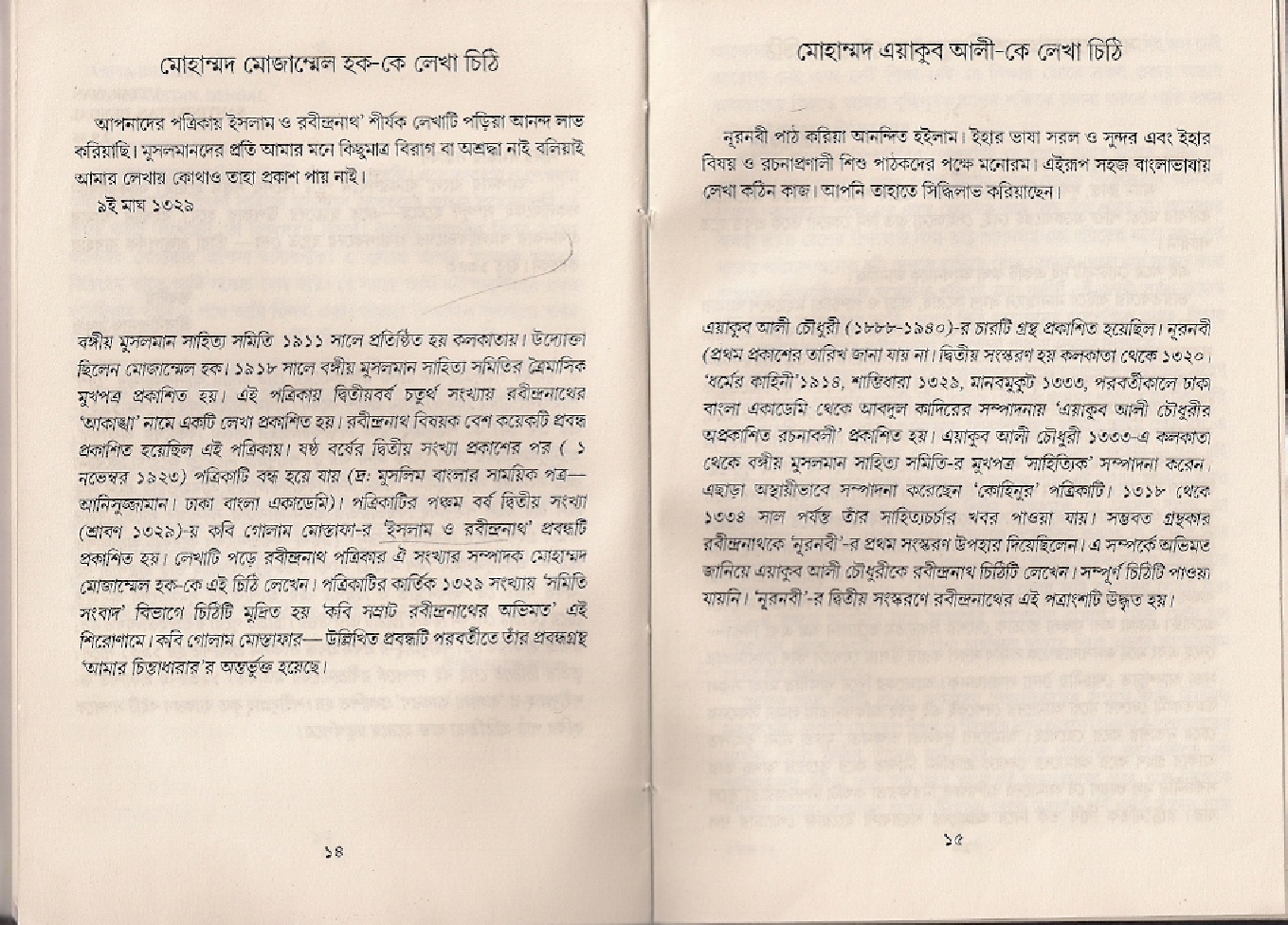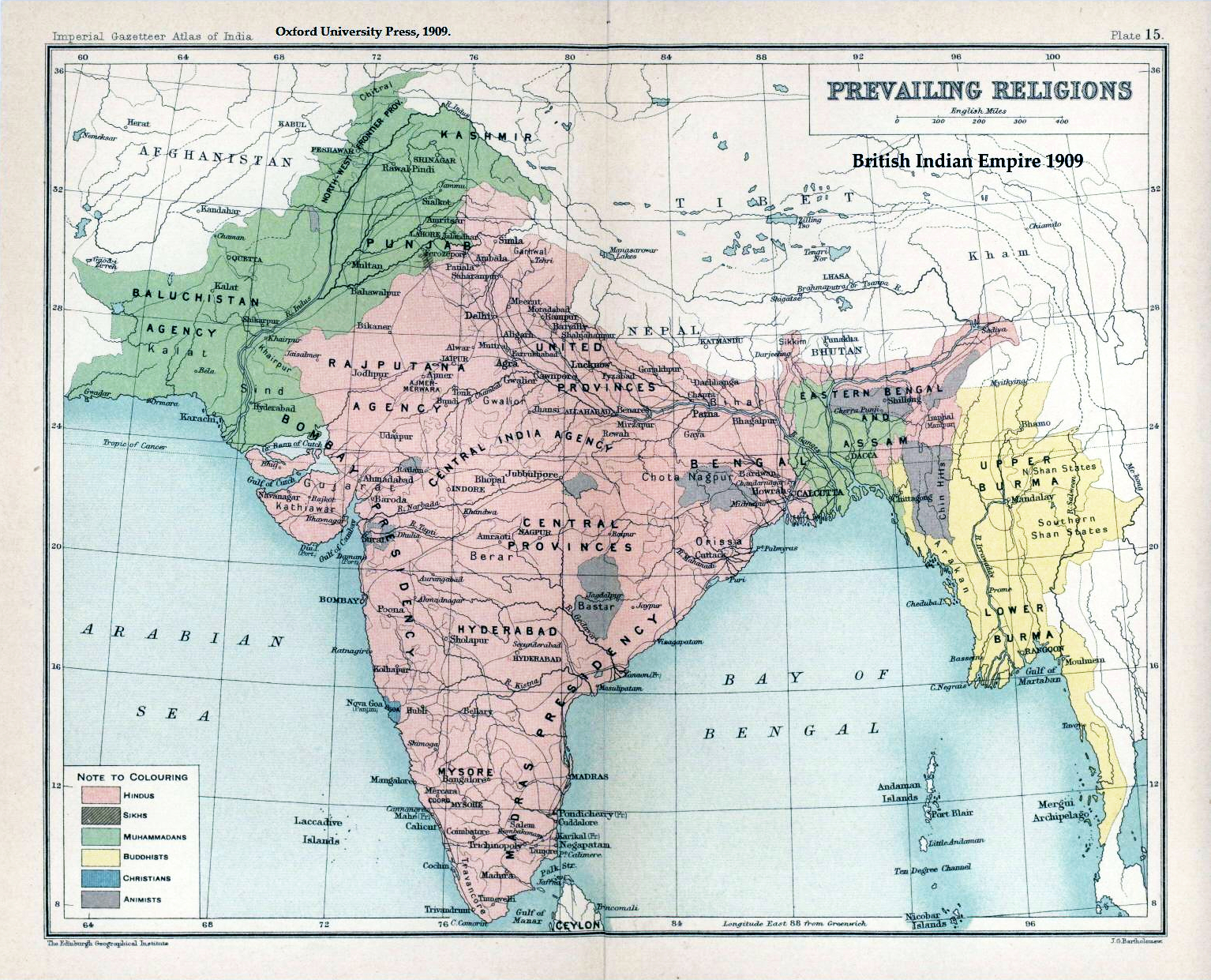|
Golam Mostofa (poet)
Golam Mostofa ( bn, গোলাম মোস্তফা; 1897 – 13 October 1964) was a Bengali writer and poet. Early life and education Mostofa was born in 1897, in the village of Manoharpur in Shailkupa Thana, which was a part of the District of Jessore but presently in Jhenaidah District, Bangladesh. He was born to a Bengali Muslim family of literature-enthusiasts that were also proficient in Arabic and Persian, in addition to Bengali. His father, Golam Rabbani, and his grandfather, Qazi Golam Sarwar, were both folk poets. Mostofa finished his primary education in Damukdia, then spent two years studying in Fazilpur. He passed the Entrance exam in 1913 from Shailkupa High School. He passed BA from Ripon College in 1918 and BT from David Hare Training College in 1922. Career Mostofa started teaching at Barrackpore Government High School in January 1920. Four years later, he transferred to the Calcutta Hare School and later the Calcutta Madrasa. He became the Depu ... [...More Info...] [...Related Items...] OR: [Wikipedia] [Google] [Baidu] |
Shailkupa Upazila
Shailkupa ( bn, শৈলকুপা) is an upazila of Jhenaidah District in the Division of Khulna, Bangladesh. Geography It has a total area of 373.42 km2. It is located in between 23°34' and 23°46' north latitudes and in between 89°07' and 89°23' east longitudes. It is bounded by Khoksa and Kumarkhali sub-districts on the north, Jhenaidah Sadar and Magura Sadar sub-districts on the south, Pangsha and Sreepur (Magura) sub-districts on the east, Kushtia Sadar and Harinakunda sub-districts on the west. Shailkupa is an upazila of Jhenaidah district under Khulna division of south-western region of Bangladesh. Shailkupa upazila is 373.42 square kilometers. Khoksa and Kumarkhali upazilas of Kushtia district on the north, Jhenaidah Sadar and Magura sadar upazilas on the south, Pangsha upazila of Rajbari district and Sreepur upazila of Magura district on the north and Harinakunda upazila of Jhenaidah district on the west of Shailkupa upazila. The distance from the district he ... [...More Info...] [...Related Items...] OR: [Wikipedia] [Google] [Baidu] |
Bengali Language
Bengali ( ), generally known by its endonym Bangla (, ), is an Indo-Aryan languages, Indo-Aryan language native to the Bengal region of South Asia. It is the official, national, and most widely spoken language of Bangladesh and the second most widely spoken of the 22 scheduled languages of India. With approximately 300 million native speakers and another 37 million as second language speakers, Bengali is the List of languages by number of native speakers, fifth most-spoken native language and the List of languages by total number of speakers, seventh most spoken language by total number of speakers in the world. Bengali is the fifth most spoken Indo-European language. Bengali is the official language, official and national language of Bangladesh, with 98% of Bangladeshis using Bengali as their first language. Within India, Bengali is the official language of the states of West Bengal, Tripura and the Barak Valley region of the state of Assam. It is also a second official lan ... [...More Info...] [...Related Items...] OR: [Wikipedia] [Google] [Baidu] |
Letter Moza
Letter, letters, or literature may refer to: Characters typeface * Letter (alphabet), a character representing one or more of the sounds used in speech; any of the symbols of an alphabet. * Letterform, the graphic form of a letter of the alphabet, either as written or in a particular type font. * Rehearsal letter in an orchestral score Communication * Letter (message), a form of written communication ** Mail * Letters, the collected correspondence of a writer or historically significant person ** Maktubat (other), the Arabic word for collected letters ** Pauline epistles, addressed by St. Paul to various communities or congregations, such as "Letters to the Galatians" or "Letters to the Corinthians", and part of the canonical books of the Bible * The letter as a form of second-person literature; see Epistle ** Epistulae (Pliny) ** Epistolary novel, a long-form fiction composed of letters (epistles) * Open letter, a public letter as distinguished from private corresp ... [...More Info...] [...Related Items...] OR: [Wikipedia] [Google] [Baidu] |
Pakistan
Pakistan ( ur, ), officially the Islamic Republic of Pakistan ( ur, , label=none), is a country in South Asia. It is the world's List of countries and dependencies by population, fifth-most populous country, with a population of almost 243 million people, and has the world's Islam by country#Countries, second-largest Muslim population just behind Indonesia. Pakistan is the List of countries and dependencies by area, 33rd-largest country in the world by area and 2nd largest in South Asia, spanning . It has a coastline along the Arabian Sea and Gulf of Oman in the south, and is bordered by India to India–Pakistan border, the east, Afghanistan to Durand Line, the west, Iran to Iran–Pakistan border, the southwest, and China to China–Pakistan border, the northeast. It is separated narrowly from Tajikistan by Afghanistan's Wakhan Corridor in the north, and also shares a maritime border with Oman. Islamabad is the nation's capital, while Karachi is its largest city and fina ... [...More Info...] [...Related Items...] OR: [Wikipedia] [Google] [Baidu] |
Two-nation Theory
The two-nation theory is an ideology of religious nationalism that influenced the decolonisation of the British Raj in South Asia. According to this ideology, Indian Muslims and Indian Hindus are two separate nations, with their own customs, religion, and traditions; consequently, both socially and morally, Muslims should have a separate homeland within the decolonised British Indian Empire. Syed Ahmad Khan, the pioneer of Muslim nationalism in South Asia is widely credited as the father of the Two-Nation Theory. The theory that religion is the determining factor in defining the nationality of Indian Muslims was promoted by Muhammad Ali Jinnah and became the basis of Pakistan Movement. The Two-Nation theory argued for a different state for the Muslims of the British Indian Empire as Muslims would not be able to succeed politically in a Hindu-majority India; this interpretation nevertheless promised a democratic state where Muslims and non-Muslims would be treated equally. O ... [...More Info...] [...Related Items...] OR: [Wikipedia] [Google] [Baidu] |
East Bengal
ur, , common_name = East Bengal , status = Province of the Dominion of Pakistan , p1 = Bengal Presidency , flag_p1 = Flag of British Bengal.svg , s1 = East Pakistan , flag_s1 = Flag of Pakistan.svg , national_anthem = , image_map = Bangladesh on the globe (Bangladesh centered).svg , image_flag = , flag_caption = , image_coat = , capital = Dacca (currently known as Dhaka) , common_languages = Bengali, Urdu and English , religion = , government_type = Parliamentary constitutional monarchy , legislature = Legislative Assembly , date_start = 14 August , year_start = 1947 , event_start = Partition of Bengal , date_end = 14 October , year_end = 19551970 – 1971 , event_end = One ... [...More Info...] [...Related Items...] OR: [Wikipedia] [Google] [Baidu] |
Faridpur District
Faridpur District ( bn, ফরিদপুর জেলা) is a district in south-central Bangladesh. It is a part of the Dhaka Division. It is bounded by the Padma River to its northeast. The district was named after Farīd-ud-Dīn Masʿūd, a 13th century Sufi saint. A separate district was created by severing Dhaka district in 1786 and was called Dacca Jelalpur. A municipality was established in 1869. Historically, the town was known as ''Fatehabad''. It was also called Haveli Mahal Fatehabad. History The town of Fatehabad was located by a stream known as the Dead Padma, which was from the main channel of the Padma River. Sultan Jalaluddin Muhammad Shah established a mint in Fatehabad during his reign in the early 15th century. Fatehabad continued to be a mint town of the Bengal Sultanate until 1538. In Ain-i-Akbari, it was named as ''Haweli Mahal Fatehabad'' during the reign of Emperor Akbar in the Mughal Empire. The Portuguese cartographer João de Barros mentioned ... [...More Info...] [...Related Items...] OR: [Wikipedia] [Google] [Baidu] |
Bankura
Bankura () is a city and a municipality in the state of West Bengal, India. It is the headquarters of the Bankura district. Etymology In the Mahabharata, Bankura was described as Suhmobhumi. The word or (in Nagari: rāḍh) was introduced after 6th century A.D. It comes from the old Austric word ráŕhá or ráŕho which means “land of red soil”.P.R. Sarkar Rarh - The Cradle of Civilization, Ananda Marga Publications, 1981, Kolkata 2-n ancient times "China called Ráŕh by the name of 'Láti'". 3-n Santali, means thread, means tune and means snake. 4-.Perhaps the Jain and Greek scholars used this original Austric word to indicate this dry forest region which was very difficult. The popularity of Manasa Puja, the worship of Snake-Goddess Manasa, shows this opinion might have some relevance. According to Nilkantha, a commentator of the Mahabharata, the words (Sanskrit: suhma-bhūmi) and Rarh are synonymous. Scholars differs in their opinion about the etymology of the n ... [...More Info...] [...Related Items...] OR: [Wikipedia] [Google] [Baidu] |
Calcutta Madrasa
Aliah University (AU; ur, جامعہ عالیہ) is a West Bengal, state government controlled autonomous university in New Town, West Bengal, India. Previously known as Mohammedan College of Calcutta, it was elevated to university in 2008. It offers undergraduate and postgraduate programs in different Engineering, Arts, Science, Management and Nursing subjects. History The Aliah University (AU) is one of the oldest modern-style educational institutes in Asia, and first in India. It was set up in October 1780 by Warren Hastings, the British Governor general of East India Company near Sealdah in Calcutta. A number of titles were used for it, such as Islamic College of Calcutta, Calcutta Madrasah, Calcutta Mohammedan College and Madrasah-e-Aliah. Of these, Calcutta Mohammedan College was that used by Warren Hastings. The original building was completed in 1782 at Bow Bazaar (near Sealdah). The college moved to its campus on Wellesley Square in the 1820s. Initially it taught na ... [...More Info...] [...Related Items...] OR: [Wikipedia] [Google] [Baidu] |
Barrackpore
Barrackpore (also known as Barrackpur) is a city and a municipality of urban Kolkata of North 24 Parganas district in the Indian state of West Bengal. It is also a part of the area covered by Kolkata Metropolitan Development Authority (KMDA). It is the headquarters of the Barrackpore subdivision. Etymology The name Barrackpore may have originated from the English word barracks, as it was the site of the first cantonment of the British East India Company. Alternatively, the '' Ain-i-Akbari'' suggests that the name comes from "Barbakpur". ''Manasa Vijay'', written by Bipradas Pipilai, refers to Talpukur (a place in Barrackpore) as "Charnak". History The earliest references to the Barrackpore region are found in the writings of the Greek navigators, geographers, chronicles and historians of the 1st century BC to the 3rd century AD. These authors generally referred to the country of a people variously called the Gangaridai (also Gangaridae or Gandaritai). By the 15th and 1 ... [...More Info...] [...Related Items...] OR: [Wikipedia] [Google] [Baidu] |






